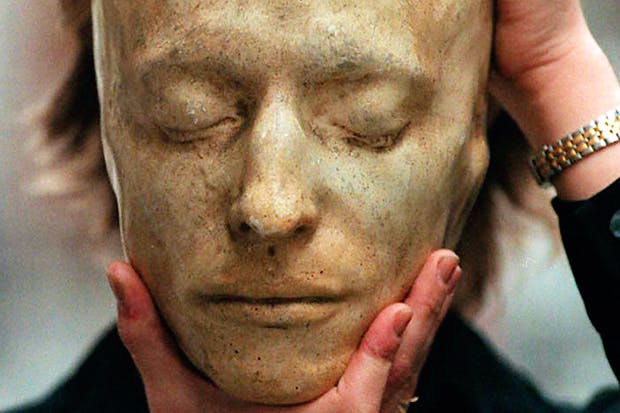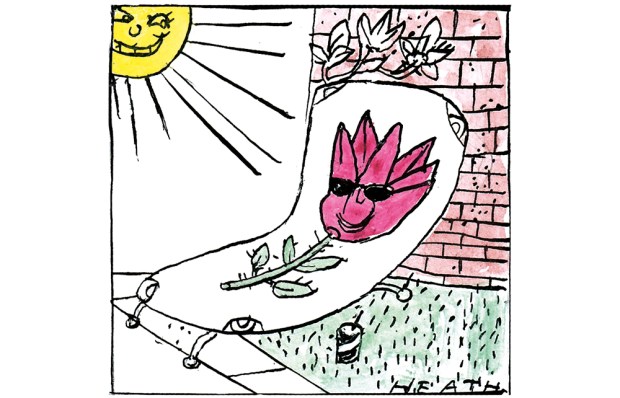People can be mightily protective of their Romantic poets. When I worked at the Keats Shelley House, overlooking the Spanish Steps in Rome, one of my colleagues developed a callus on her hand where the daily task of locking the museum door — emphatically — caused the key to abrade her skin. And when I last visited Keats’s grave, with a friend, in the city’s Non-Catholic Cemetery, a middle-aged Italian woman snapped at us to shut up as she muttered through a printout of ‘To Autumn’.
It’s strange in a way that Keats should inspire such devotion in Rome, since he wrote no poetry in Italy and only a handful of letters survive from the four months that he spent dying there. Arriving in October 1820, his ship was quarantined in the Bay of Naples (where he felt his ‘intellect in splints’); then came an uncomfortable journey north, before his ghastly ‘awkward bow’ in the apartment on Piazza di Spagna, which at the time was the centre of Rome’s Ghetto degli Inglesi. ‘I have an habitual feeling of my real life having passed,’ he wrote, ‘and that I am leading a posthumous existence.’
But posthumous existence is what made Keats’s reputation: the years that followed his death saw torrents of remorse that he should have been so snubbed during his lifetime. Consumption may have killed him, the story went, but carping critics also played a part. A pilgrimage to Keats’s grave became a type of cultural atonement. The young Oscar Wilde threw himself to the ground before the tomb when he visited Rome in 1877.
Percy Shelley was among the first, laying the grief on thick in ‘Adonais’, his long elegy for Keats, and writing of the cemetery beside the great Roman pyramid of Caius Cestius that: ‘It might make one in love with death, to think that one should be buried in so sweet a place.’ He had already seen his son buried there in the summer of 1819, a casualty of those peripatetic but productive years in Italy in which the poet, Mary Shelley and their entourage shuttled between Livorno, Venice, Naples, Rome, Florence, Pisa and La Spezia. Fifteen months after the death of Keats, Shelley was gone too, his puffy corpse washed up on the shore at Viareggio following an ill-fated sailing expedition. His ashes came to Rome, and were interred just a few hundred yards from his fellow poet.
Ten years ago, the cemetery was in a pitiable state, included on the World Monuments Fund’s endangered list for 2006. Tombs were crumbling as pollution bit into the stone, and vegetation were making merry with the site. But improved conservation has changed all that, and much new knowledge has emerged about the history of the place. This autumn, there will even be an exhibition at the Goethe House in Rome, bringing together views of the cemetery by artists from Turner to Munch, to mark the 300th anniversary of the first burial. There has never been a better time to make the pilgrimage. ‘Go thou to Rome,’ wrote Shelley, ‘at once the Paradise,/ The grave, the city, and the wilderness.’
Got something to add? Join the discussion and comment below.
Get 10 issues for just $10
Subscribe to The Spectator Australia today for the next 10 magazine issues, plus full online access, for just $10.














Comments
Don't miss out
Join the conversation with other Spectator Australia readers. Subscribe to leave a comment.
SUBSCRIBEAlready a subscriber? Log in